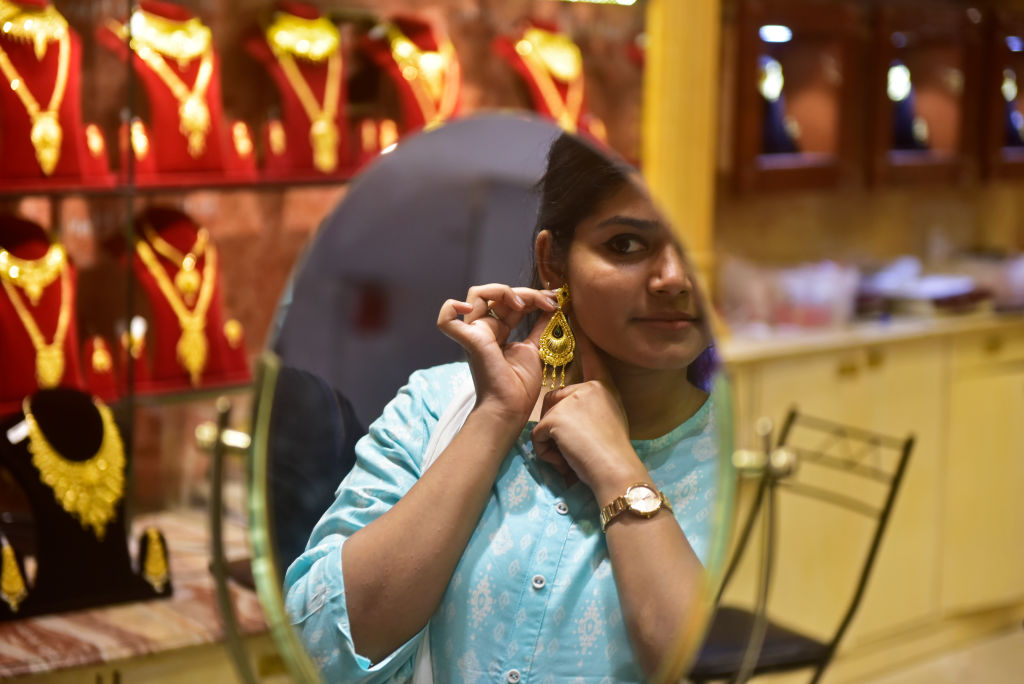
Several reports in the past few months have sounded the alarm about growing income and wealth inequality in India. The statistics cited are not wrong, but they are incomplete. And they have produced sensational, but misleading, news stories.
For example, an article based on Oxfam’s recent Inequality kills report notes: ‘India has the third-highest number of billionaires in the world.’ The story points out that India has 142 billionaires but ignores that India has 1.4 billion people. Only one in 10 million Indians is a billionaire, whereas such ‘billionaire density’ is eight in Russia, three in Brazil, more than four in China and 22 in the United States. Likewise, while ‘India has more billionaires than France, Sweden and Switzerland combined’, in terms of billionaire density, these three countries together have 18 times more billionaires than India.
It should come as no surprise that rich countries have more billionaires relative to their populations than poor countries do. For a more accurate comparison, consider billionaire density in middle-income countries. Relative to the world’s top 20 middle-income economies, India ranks quite low. Countries like Brazil, Malaysia and Thailand have a far greater number of billionaires relative to their size.

Oxfam isn’t the only organisation to point out India’s wealth gap. In December, the World inequality report 2022, the flagship publication of the World Inequality Lab at the Paris School of Economics, included India among the world’s most unequal countries. This research, coordinated by leading economists, fuelled sensational headlines—‘Poor country with affluent elite, India is going nowhere,’ or, even worse, ‘How Hindu nationalism enables India’s slide into inequality’—that turned the topic into a domestic political issue.
To be sure, inequality in both income and wealth has increased in India in recent years. According to the World inequality report, the richest 10% of Indians account for 57.1% of all income, compared with only 13.2% for the poorest half. And wealth inequality is more pronounced. The poorest half of the Indian population possesses just 5.9% of the country’s total wealth, whereas the richest 10% controls 64.7%.
But do these figures really support the claim that India is one of the world’s most unequal countries?
Although India’s poorest half holds a small percentage of the country’s total wealth, its members are still better off than their peers in most countries. Whereas India ranks 67th among the world’s 100 largest economies in terms of income earned by the poorest 50%, it ranks 17th in terms of the percentage of wealth held by the poorest half.
In any case, statistics that compare the top 10% and bottom 50%, while easy to comprehend, are not the only measures of inequality. Calculated from the World inequality report data, India’s Gini coefficient—a widely used indicator that ranges from 0, indicating perfect equality, to 1, for perfect inequality—is 0.6 for income inequality and 0.7 for wealth inequality. Compared with the largest 100 economies of the world, India lies in the middle for wealth inequality and among the top 20 for income inequality.
On balance, India is no paragon of egalitarianism, but nor is it one of the world’s most unequal countries.
A more fundamental question is whether India should continue to focus on economic growth to reduce poverty, even if it increases inequality. The answer, according to the Indian government’s 2020–21 economic survey is, unsurprisingly, an unqualified yes. The government is betting that a rising tide lifts all boats, and the facts seem to support this maxim.
In the decade from 2006 to 2016, the Indian economy averaged 7.6% annual growth—one of the fastest 10-year expansions in the country’s history. Concurrent with that growth was an increase in inequality: the share of income going to the richest 10% increased from 47.8% to 57.1%, while the share of the poorest half declined from 16.1% to 13.1%. But, over the same period, the number of people living in multidimensional poverty—a broad measure covering health, education and standard of living—decreased from 642 million to 370 million.
Although the Covid-19 pandemic reversed some of those gains, a recent working paper by the National Bureau of Economic Research shows that income inequality in India declined. Richer Indians experienced a steeper drop in income than poorer ones, as their businesses were most affected by the economic downturn. And demand for the kind of service sector jobs held by wealthier Indians fell sharply. The International Monetary Fund forecasts 24% growth for the Indian economy in the period 2021 to 2023, which one hopes will reduce both poverty and inequality.
The relationship between economic growth, poverty and inequality is complex, and the forces that influence it in richer countries may not be at play in India. Economic growth has lifted more than 250 million Indians out of poverty in a relatively short time. As a result, inequality has increased—but not to levels that should trigger alarm bells.

